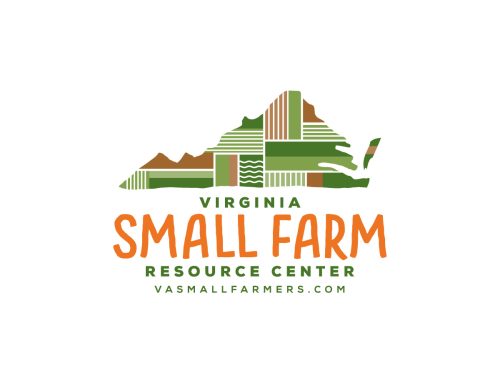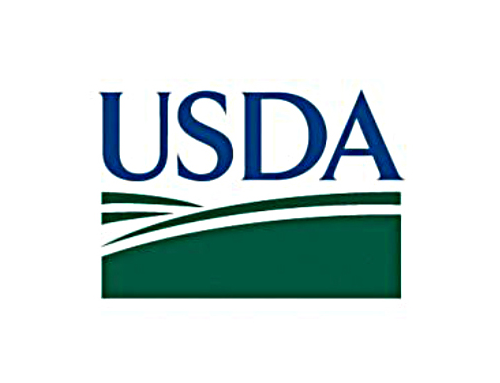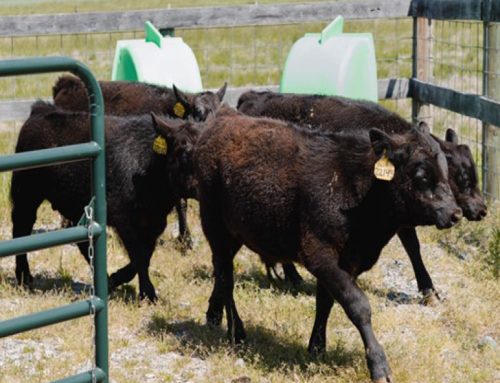

President’s Message
It’s JUNE?!?!?!
As some of you may have noticed, I took the last couple months off writing for this newsletter. I was becoming more stressed with the busy-ness of life—and the craziness of a farm—and having just recovered from some unforeseen medical issues, I was thinking that I had better things to do—you know, ‘time is short’ and all that.
Well, I think we would pretty much all agree that there are few things more important than the food we eat and how that food is grown. If you are reading this, you are in some way part of a local or regional network of individuals who provide food for you, your family and your community. Those individuals work hard to seed, breed or feed that which will nourish your body and mind. Many have an intense focus on preserving native and indigenous genetics, building soil health, improving nutrient-density and promoting biological diversity—all of which enhance the overall ecosystem, a beautiful synergy we all benefit from. That is cause for not just celebration, but a call to dive in, get educated and support those who endeavor to provide for the rest of us.
Now, the diving in part…
In the past week or so, several farmer friends have asked about a new program they have seen in the news. The USDA has released information on a new program that hopes to shore up the food supply chain issues and transform the food system to be more equitable, competitive and resilient. Per the public notice on June 1, 2022, the effort is “to create more and better markets that will benefit both producers and American consumers through fairer prices as well as address longstanding issues intensified by the pandemic.” Regardless of one’s political view or ideological leaning, this program has the potential to support and improve the share of diversified family farms and those who process their products and hopefully increase their success rate in our increasingly centralized food economy.
Like most government programs, there are all kinds of lofty goals: building a more resilient food supply chain by increasing market options; combatting market dominance; making nutritious food more accessible; emphasizing equality. But there are also carve-outs specifically for farmers and producers who want to transition to certified organic and funding to promote urban ag programs. And for those who raise livestock, there are lots of loan programs and incentives for meat and poultry processors to expand, enhance or improve services, like worker training and food safety certification for specialty crops. There are pockets of funding aimed specifically at supporting farmers with distribution, reducing waste in the food chain and expanding market opportunities for farmers and consumers alike.
I’ll be the first to admit that I have always been fairly skeptical of most government programs, at least at first blush. But given the importance of this moment, the growth of the biological and organic food movement and the public discussion—ranging from climate change to rural America to health care— and what we can do about it, this is a great reminder that time is right for all of us to dive in. There will be more support and infrastructure for this type of work going forward, so we need to all find a way to get involved. We at VABF are working to expand our outreach and educational programs in the coming months to utilize grant funding and other resources to engage our membership, grow our ranks and support those farmers and gardeners who truly feed us and our neighbors. That is what VABF is all about and we hope you will join us in making the difference that we know we need to see.
VAFMA Webinars
Click the links below to watch the recordings
Sales Strategy for Farmers Market Vendors
2022 Farmers Market Preparedness Webinar Series




